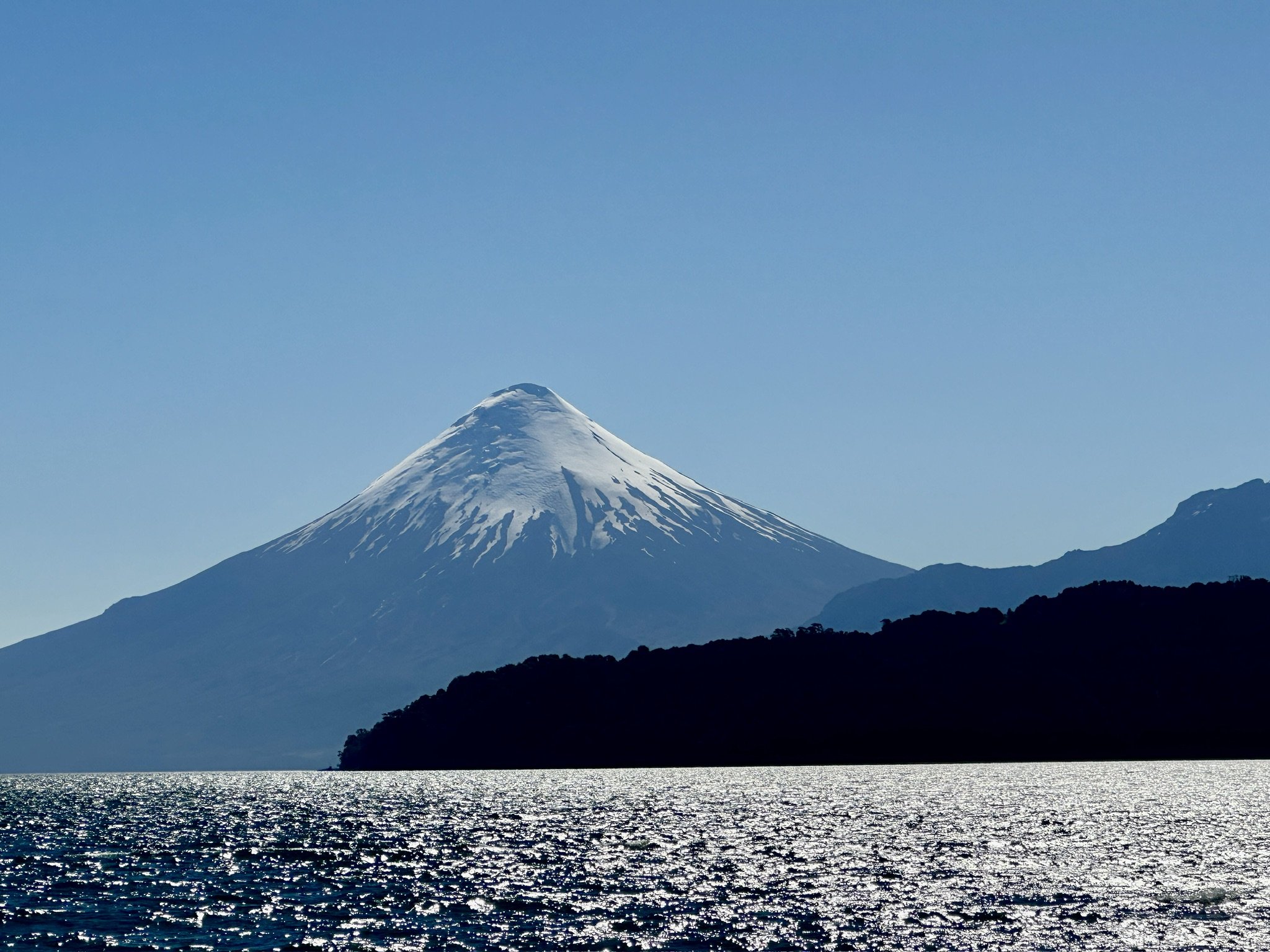PATAGONIA! Voyage to the “End of the World” Part 2
Osorno Volcano in vicente Perez Rosales National Park, Chile
As a sequel to Part 1 with a focus on Buenos Aires, I’d like to invite you to Patagonia, our primary destination with National Geographic Journeys. As the portal of entry for our trip, BA offered fascinating architectural, cultural and social impressions: https://www.honeysharp.com/voyage-to-the-end-of-the-world
Part 2, “Patagonia!” is the “real thing" — a part of the world I had dreamed of visiting for decades. The magnificence of the Andes mountains, vastness of the pampas with their “estancias” and gauchos on horseback, glaciers and native flora and fauna such as such as guanacos, pumas and condors all contributed to its magic and persistent allure.
Guanacos related to camels
The three towers of torres del paine
Over five times the size of Spain and one third the United States, Patagonia’s 260,000 square miles makes for a sizable part of Argentina while also encompassing a mountainous and impressive sliver of southern Chile. Little did I know we would also discover celestial blue lakes, jade green rivers and soaring, snow-capped volcanos such as Osorno evocative of Mt. Fuji.
Osorno volcano chile
Why the name Patagonia? In 1520, the first circumnavigator of the globe, the Portuguese, Ferdinand Magellan, disembarked in the southern archipelago of Tierra del Fuego while heading to Asia. There, he encountered the native Tehuelche, Mapuche and others viewed by the Europeans as giant “savages.” With their apparently large feet which the explorers called paws or patas, their land was named: Patagonia.
While fierce resisters to the European colonizers for a long period, the indigenous people finally joined the ranks of the 20th century "desaparecidos," or, if lucky, became mestizos. Inherent challenges to settling here also included harsh weather and fierce wind. At the foot of the Andes, this relatively barren land became known as an “impenetrable desert” and thus little unexplored. In the 19th century, a short-lived gold rush as well as the lucrative production of meat and wool on immense estancias changed that. More recently, tourism and the building of small towns such as the German influenced Bariloche as well as vineyards further north in Mendoza, have also transformed it. However, thanks to land preservation and national parks, wilderness still abounds.
View from above bariloche
The mountains towering above the alpine town of Bariloche in the Lake District offered a 180 degree view like no other. Heading further west to Chile, the majestic Osorno volcano suddenly made a dramatic appearance on our final boat ride to another lovely lake town: Puerto Varas. (The reward, after a seemingly endless wait at a tiny border “shack” where we met bikers crossing the continent and a long drive to Puerto Varas were tempting chocolate stores. One even sported an indoor ice skating rink!)


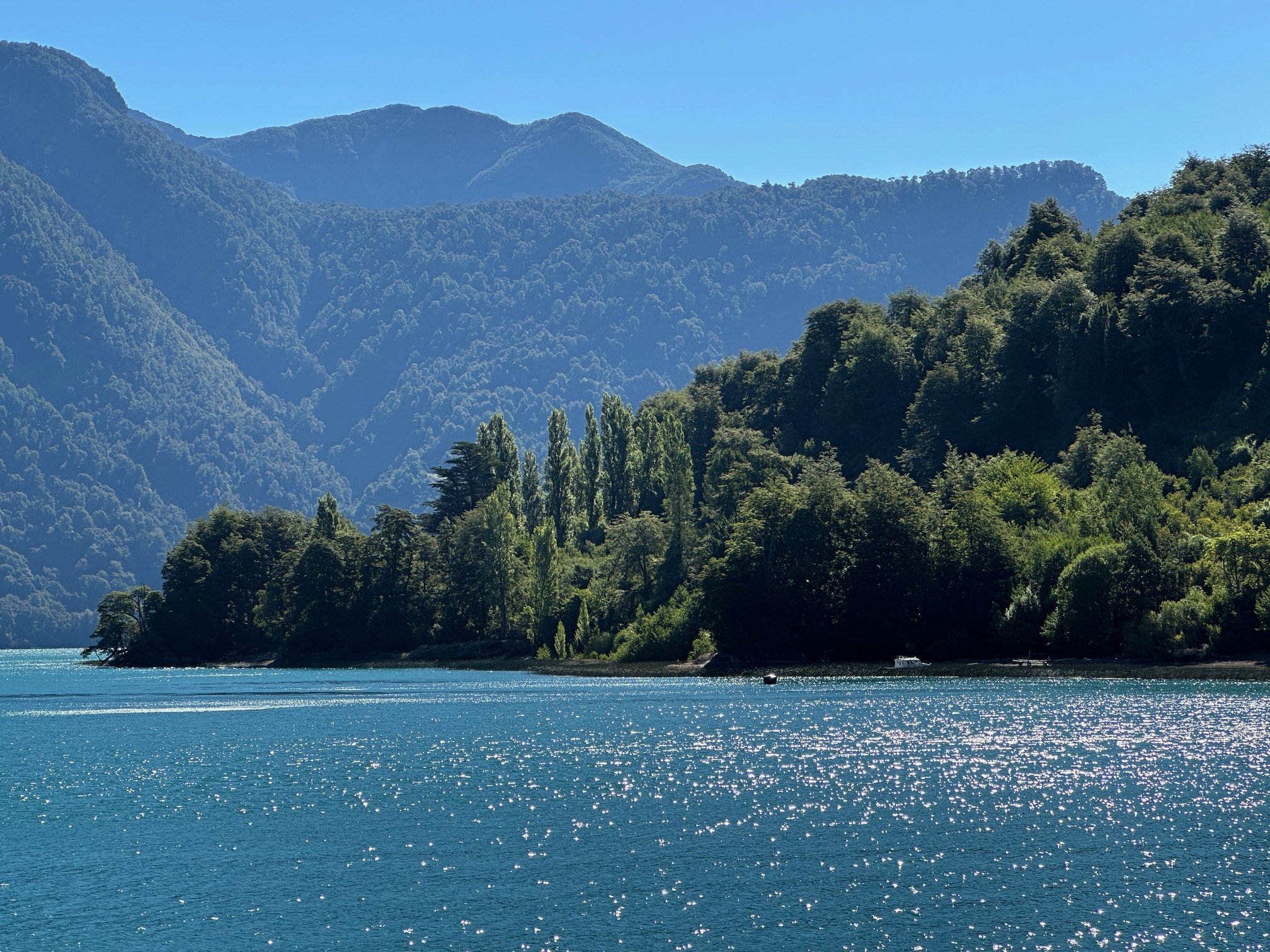
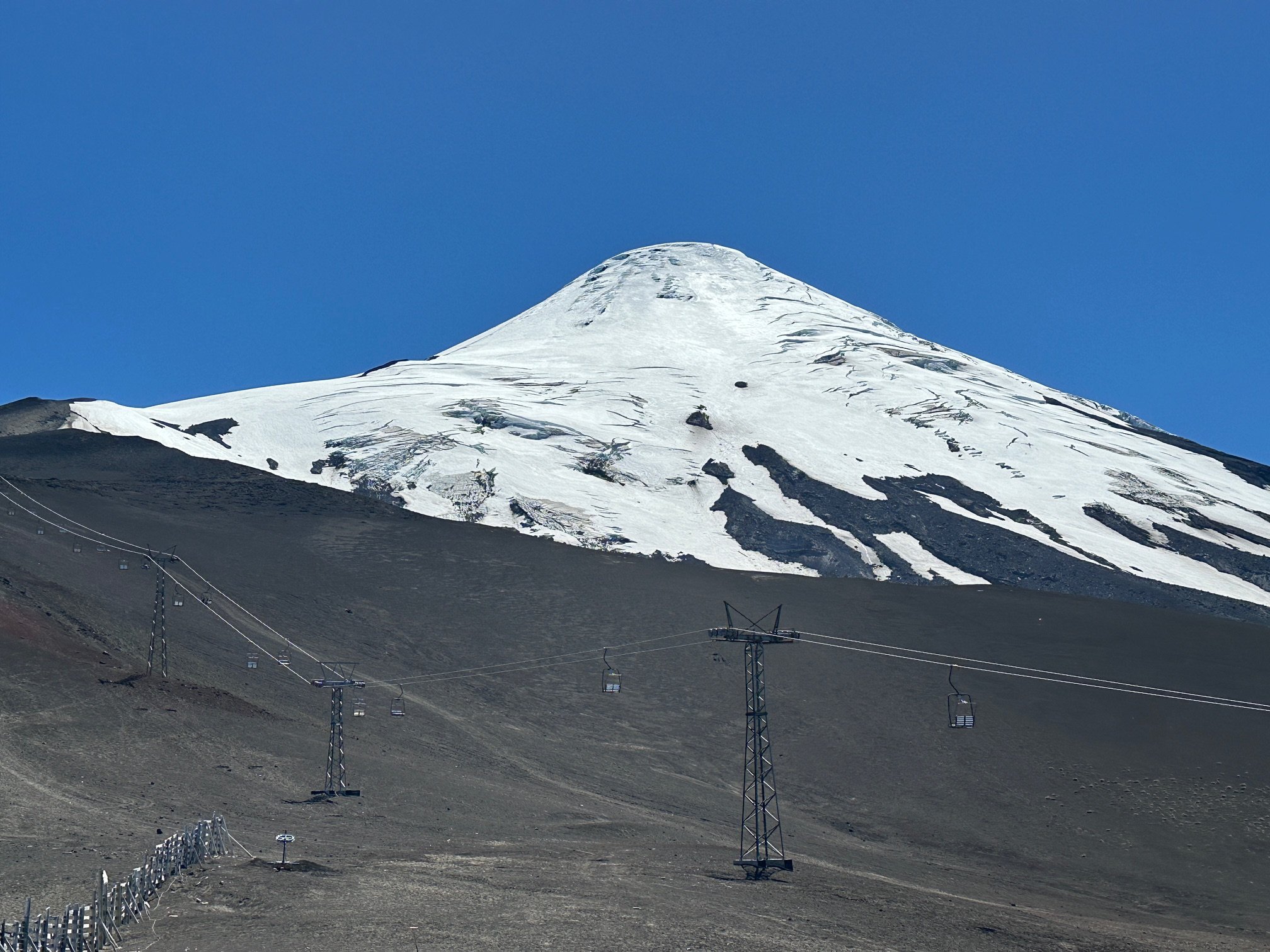
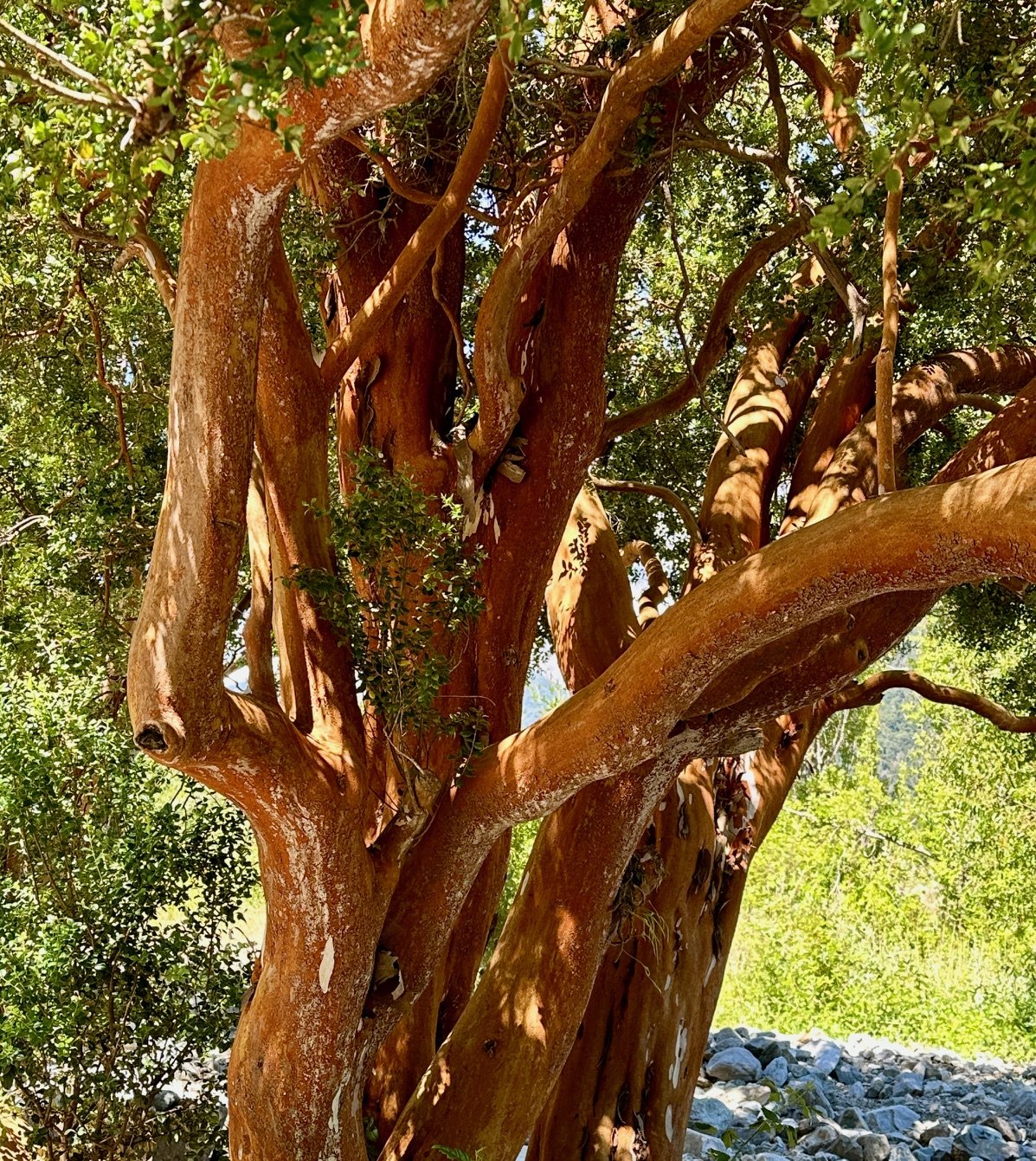
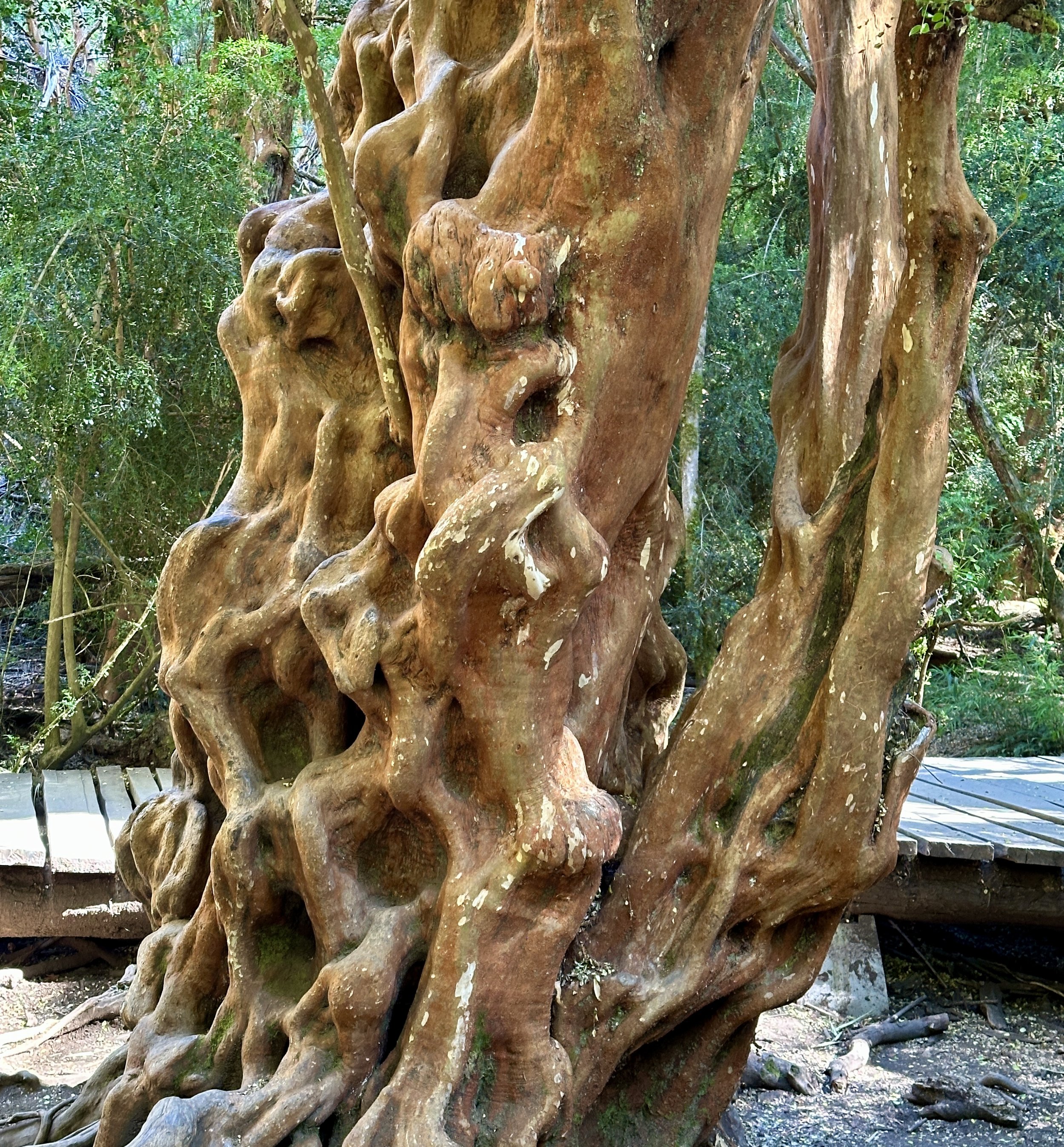
Included above is the striking copper colored, exfoliating, and sculptural native Arrayane tree as well as the Osorno volcano, not active in decades but an active ski resort in winter.
Finally greeting us, was Torres del Paine, a National Park since 1959 and a World Biosphere Reserve. Known for its eroded and exposed granite cuernos or horns and three towers, often engulfed by clouds but fortunately visible to us, it makes for a natural wonder of the world.
Below are the three torres. And what does the word “paine” mean? “Green” in Telehuche.

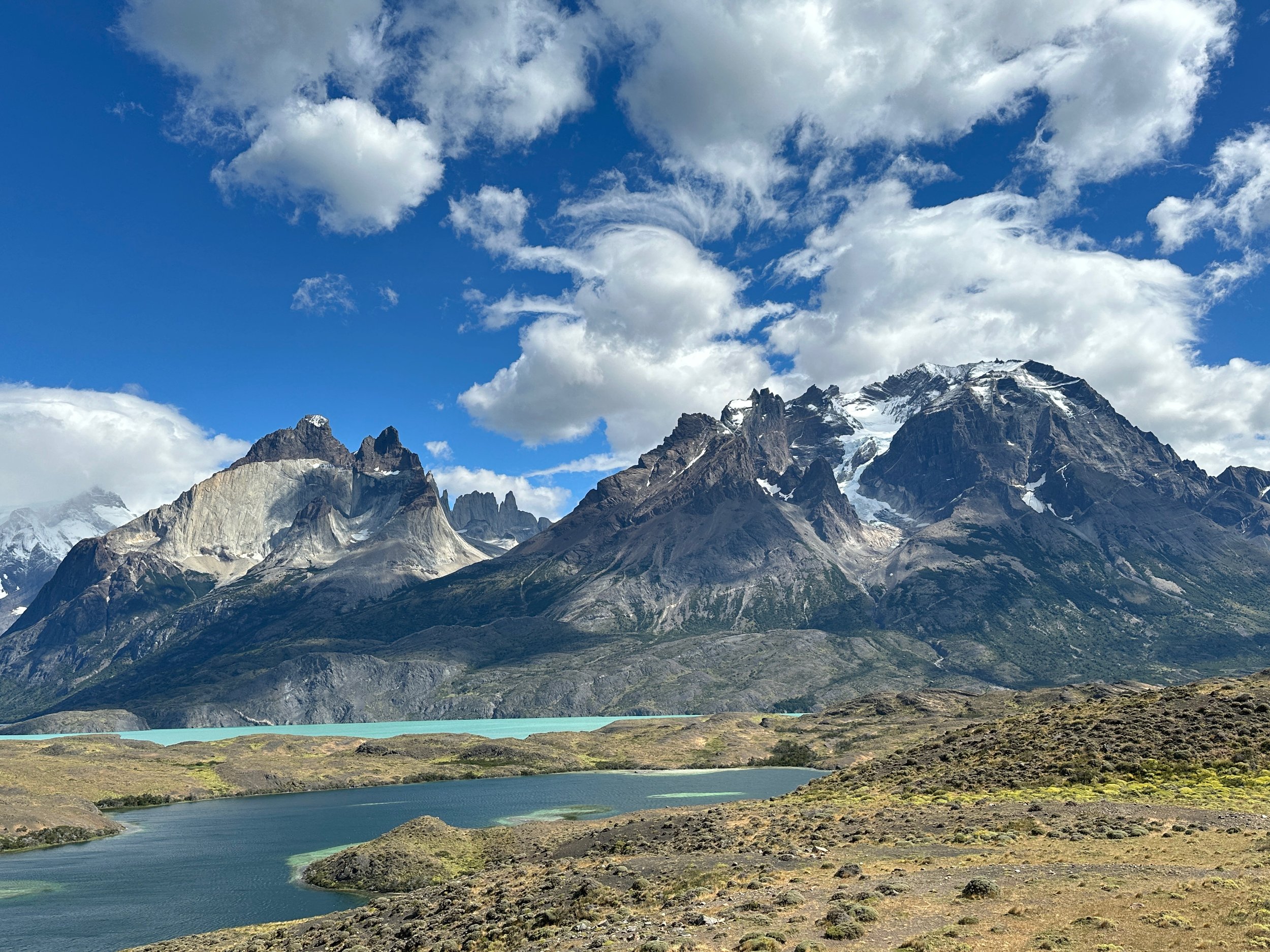
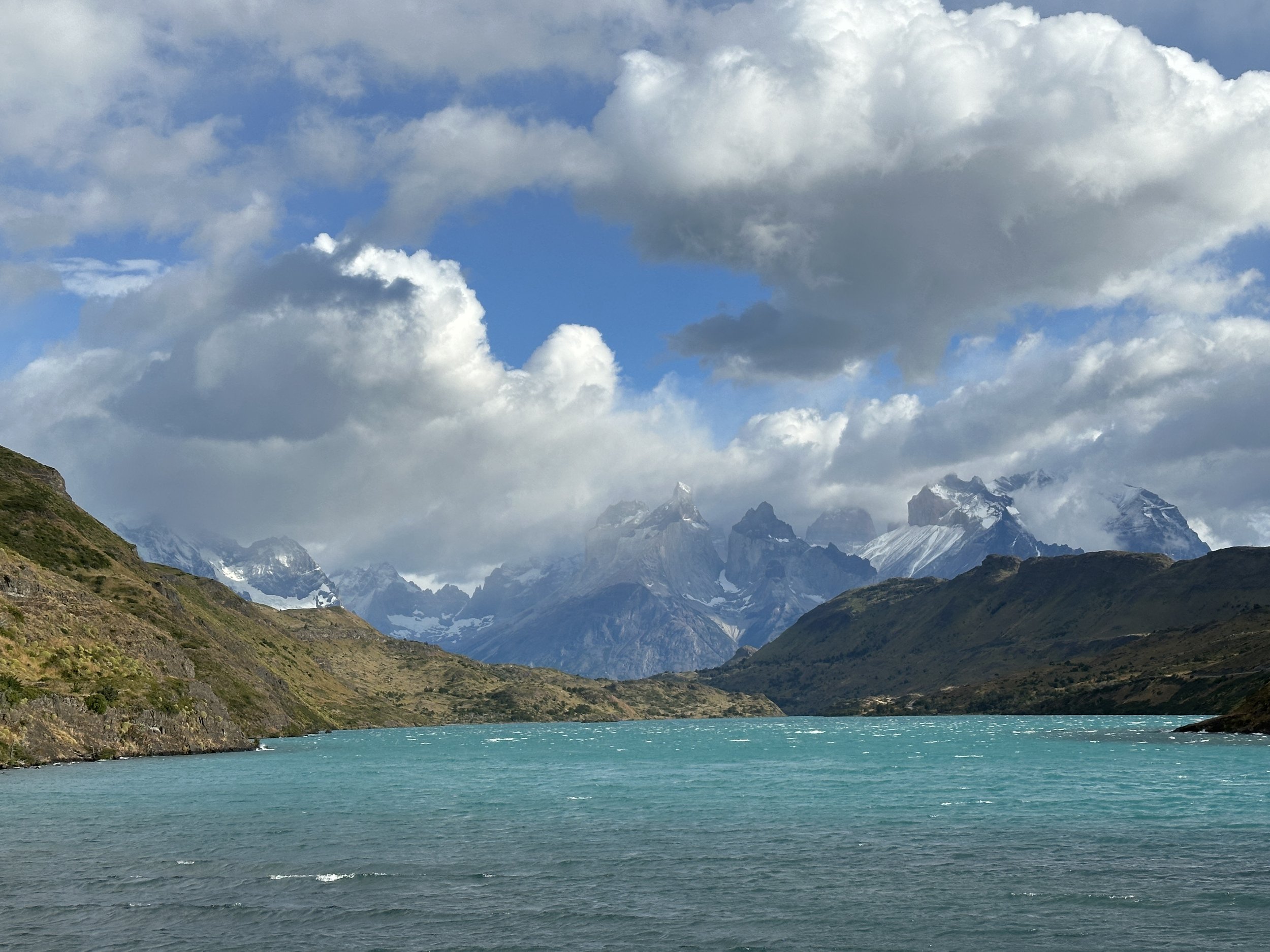
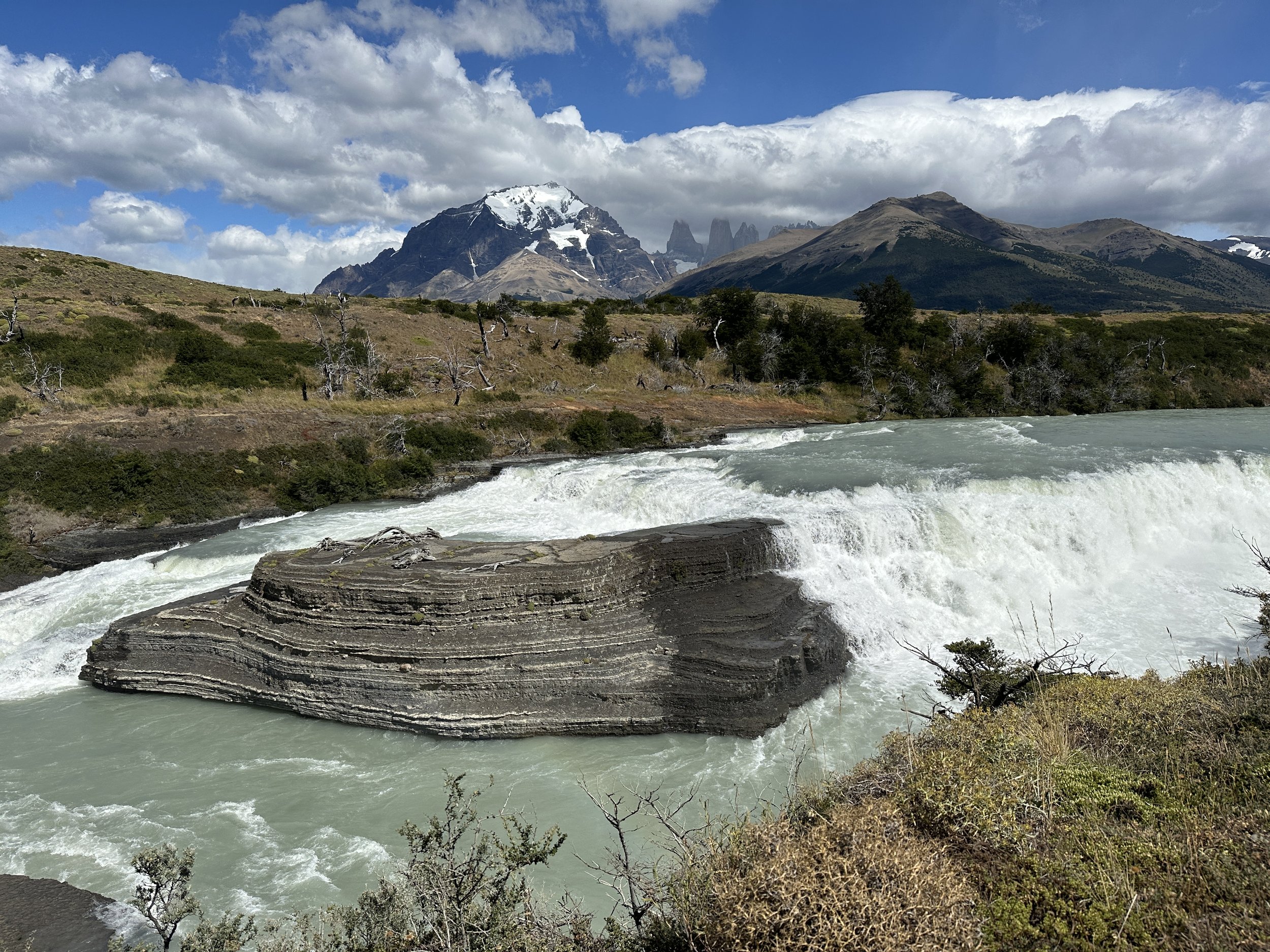
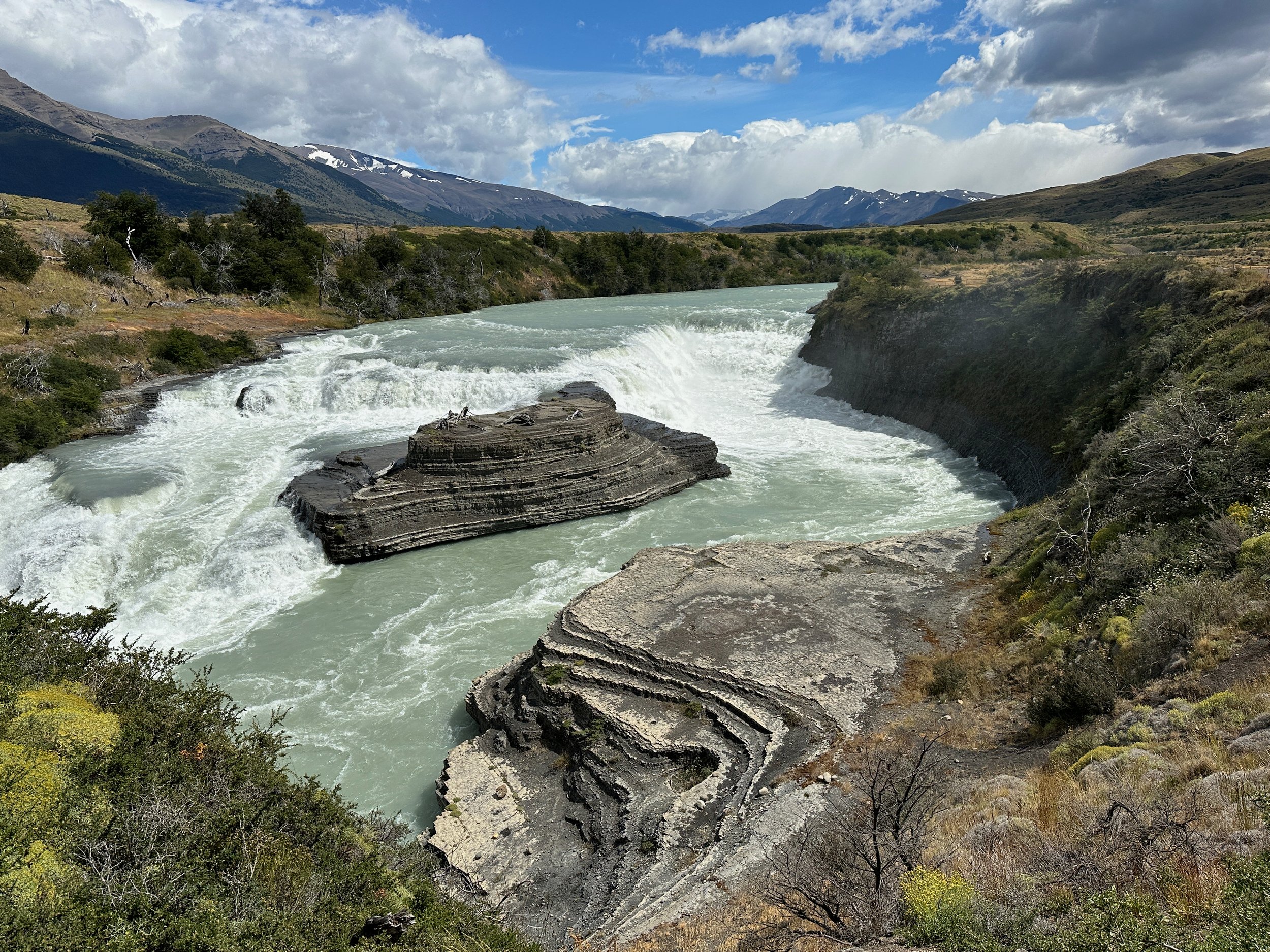
Contributing to our almost surreal, other worldly experience, was a huge spherical cloud, identified later by a climatologist as a “unique combination of cirrostatus and cirrocumulus in conjunction with a higher level vortexial type airflow patten.” How’s that for science?
In Part 3, I’d like to invite you to the Perito Moreno Glacier in Argentina, Ushuiai, the launching point for ships to Antartica and Penguin Island. And you won’t have to fly to the end of the world, Instead, take a motorcycle like Che Guevara or a bike like these intrepid adventurers we met at the border.

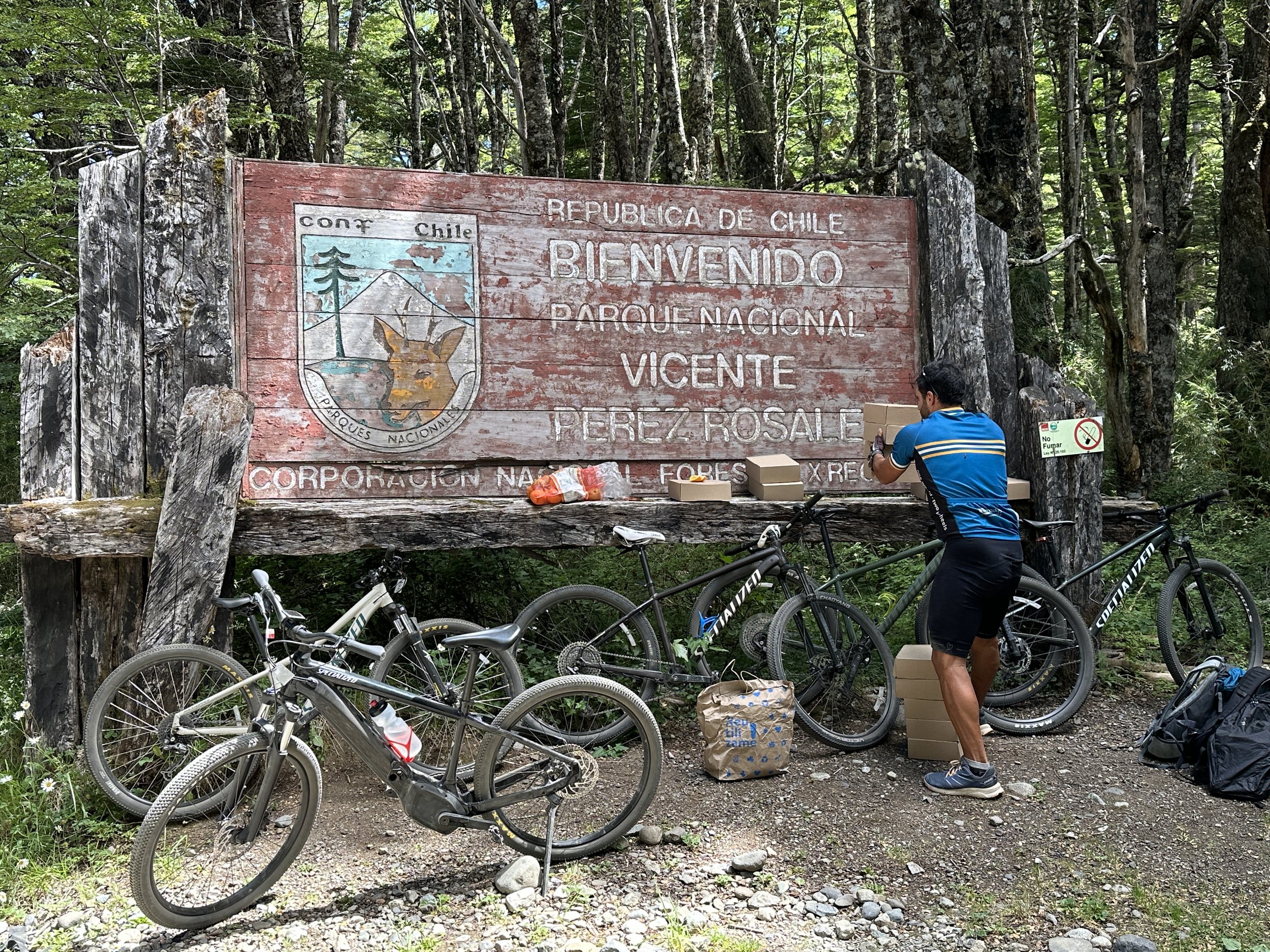
For a more personalized voyage like this by personal friends, please visit: https://newviewtours.com/ or https://www.facebook.com/newviewtours.pulitzer or check out National Geographic Tours which provides a convenient map too: https://www.nationalgeographic.com/expeditions/destinations/south-america/journeys/buenos-aires-bariloche-ushuaia-patagonia-tour/

